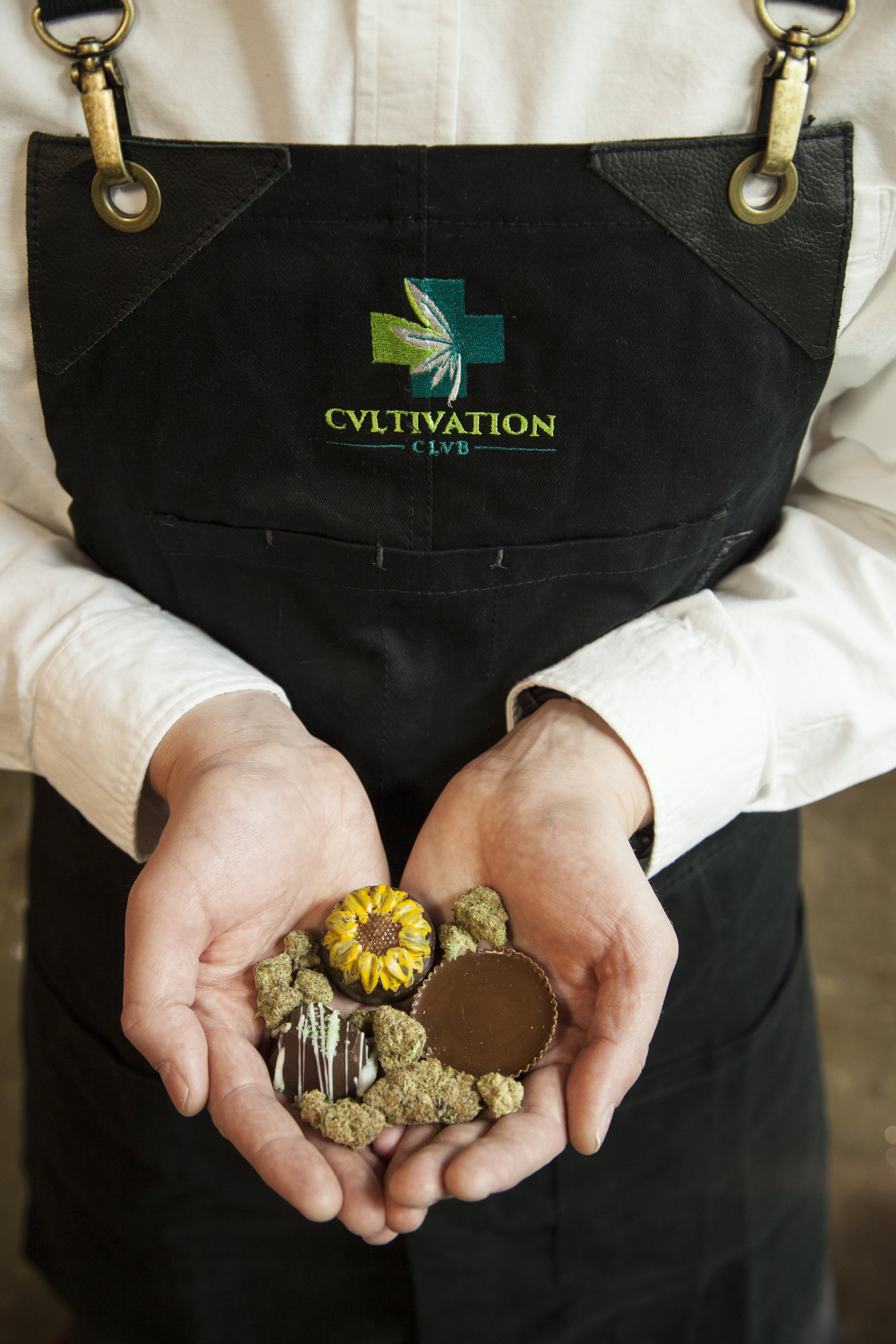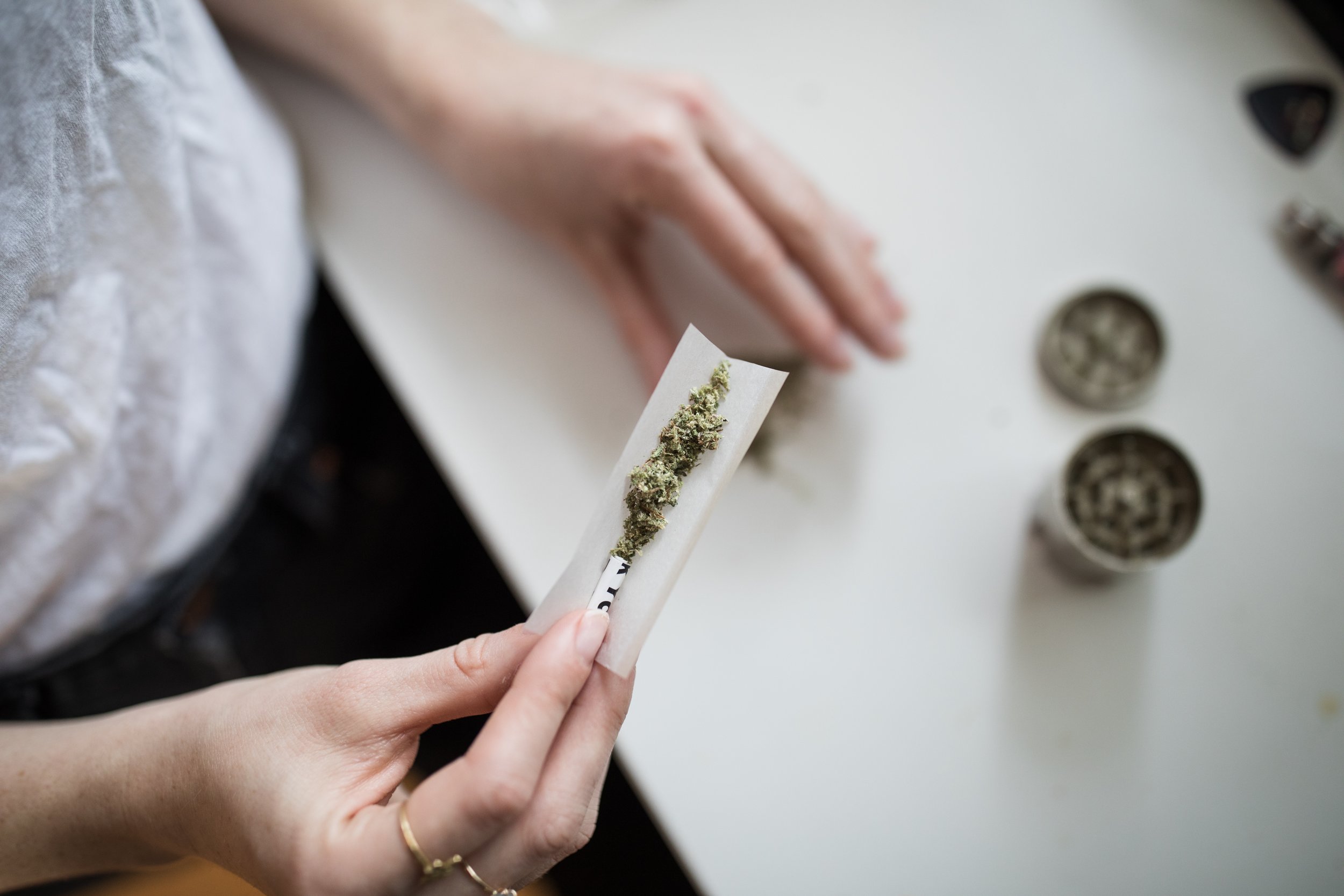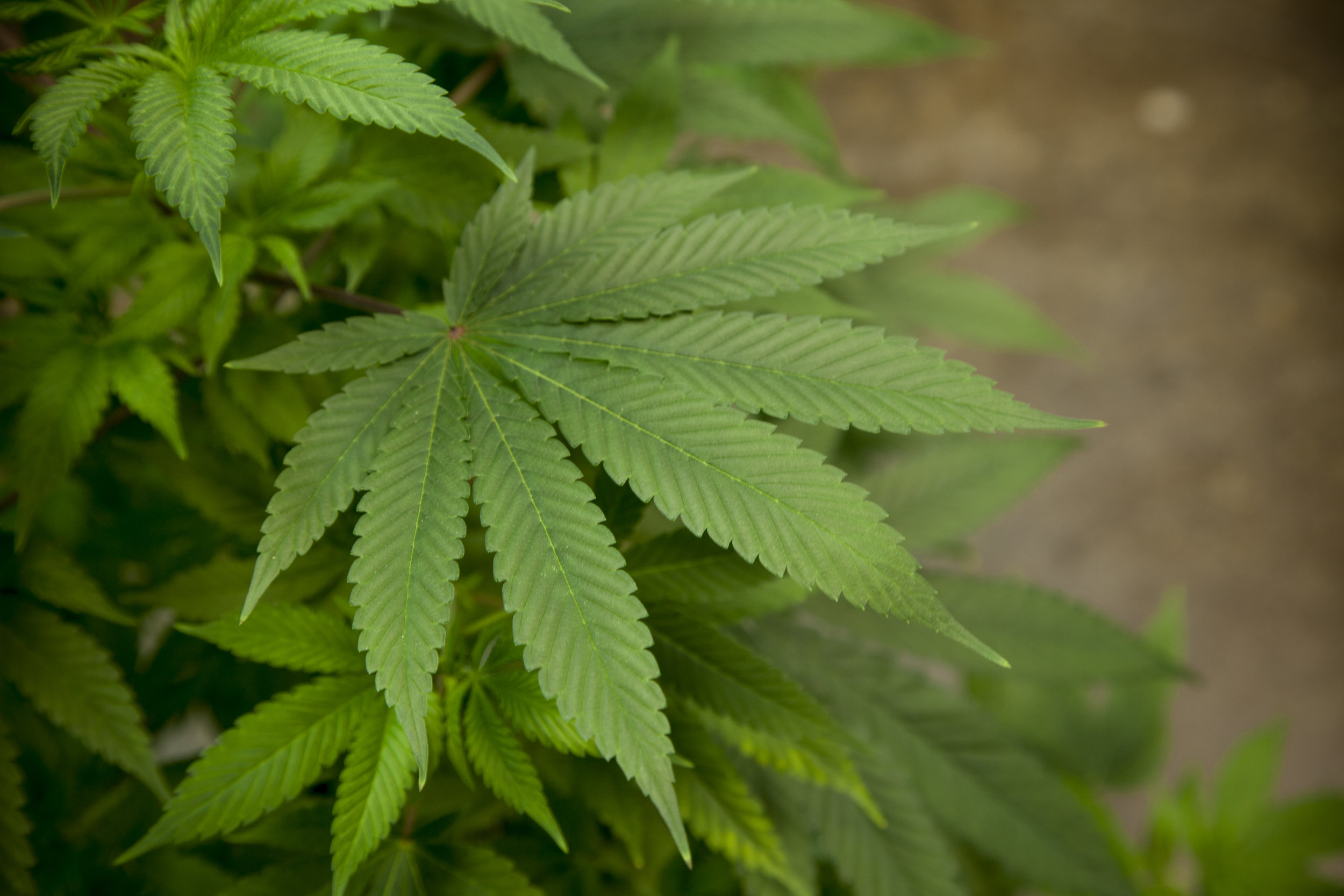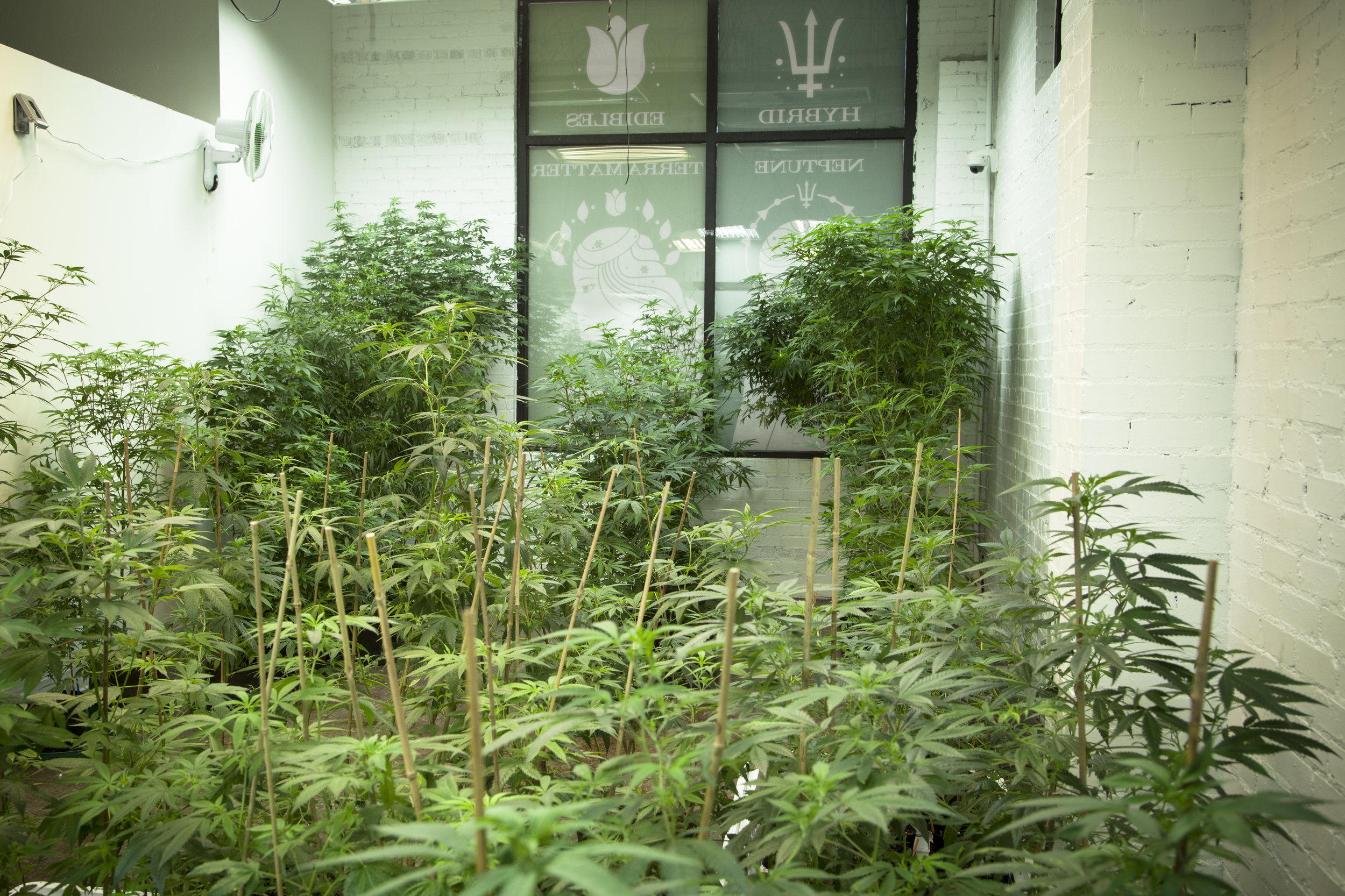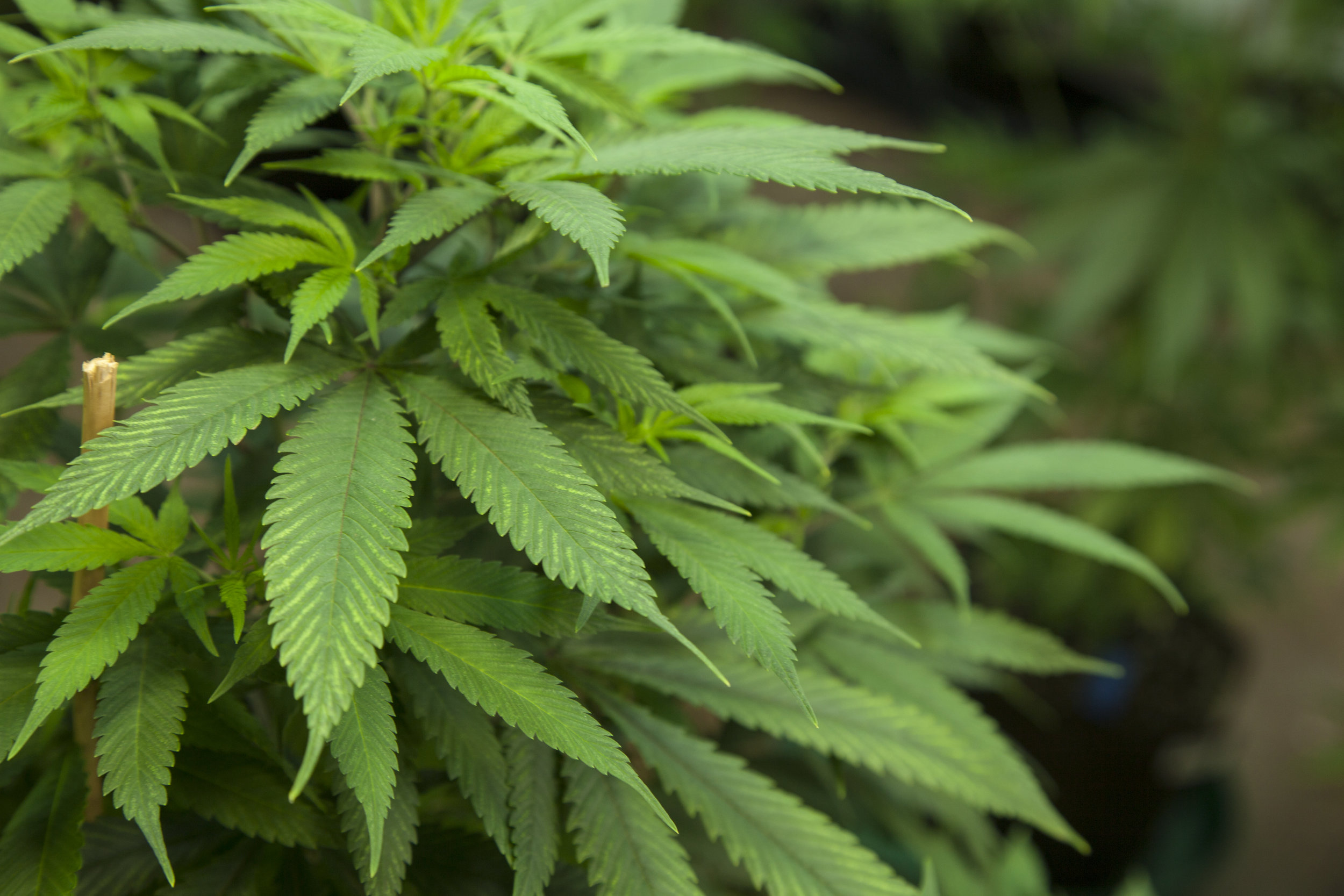Medicinal Knowledge
Advances in the scientific study of cannabis have allowed growers to target and identify specific components of the plant that have various effects on the human body. By identifying the characteristics of each compound, plants can be selectively cross-bred to promote the degree of expression or depression of some of these compounds; affecting both the kind of “high” a user feels, as well as the medicinal qualities of the strain. Knowing and understanding these elements is the first step to finding the best cannabis-based treatment on an individual basis. The best way to make an educated guess about how a strain you’re unfamiliar with will affect you is to know:
Family of Strain (Indica vs. Hybrid vs. Sativa)
THC content percentage & CBD content percentage
Terpene Profile
Perhaps the most well known compound in cannabis is THC, the main psychoactive component in cannabis. This creates the “high” feeling for cannabis users.
The most popular non-psychoactive component of cannabis on the other hand, is CBD; Cannabidiol (CBD), however, is only one of the 113 Cannabinoids active in cannabis genetics. CBC, CBG, & CBN are a few other popular cannabinoids that play an important role in the medicinal qualities of cannabis. These compounds bind to receptors in the human body throughout the Endocannabinoid system. The ECS (Endocannabinoid system) is a system of neurotransmitters that run throughout the mammalian nervous system. The ECS plays an important role in the body’s maintenance of the health and homeostasis between almost all other physiological systems in the body.
CBD - can constitute up to 40% of the marijuana plant’s genetic makeup. Researchers continue to understand all the potential benefits of CBD, and currently it is used for a wide range of purposes including pain relief, reduced anxiety, and much more.
CBC - non-psychoactive cannabinoid promoting sedation and relaxation
CBG - non-psychoactive cannabinoid acting as an anti-inflammatory; thought to be particularly effective for treating glaucoma.
CBN - psychoactive cannabinoid with approximately 10% of the strength of THC. A sedative promoting a numbing relief, sleep, & overall relaxation.
Aside from these cannabinoids, cannabis contains another group of key players responsible for creating the profile and effects of the strain: terpenes. Terpenes, found not only in cannabis, but all other plants, fruits, herbs, etc. are aromatic oils that produce medicinal effects as well as unique flavor and scent profiles in strains.
Myrcene - promotes relaxation, numbing, sedation. Relieves muscle tension, insomnia, pain, inflammation, depression, and acts as an antioxidant.
Pinene - promotes alertness, memory retention, and counters effects of THC. Acts as an antiseptic, anti-inflammatory, and assists with relieving symptoms of asthma. creates a piney aroma and flavor.
Humulene - acts as an appetite suppressant, anti-inflammatory, and relieves pain.
Limonene - elevates mood, balances gastrointestinal systems, alleviated heartburn, and assists in relieving depression. An anti-bacterial, anti-fungal, and anti-carcinogenic terpene.
Carophyllene - acts as an anti-inflammatory and promotes gastrointestinal balance. produces a woody/spicey aroma.
Linalool - Reduces anxiety, promotes sedation, relieves insomnia, and acts as an anti-depressant. Produces a floral and sweet aroma.
Sativa vs. Indica strains are popularly known among cannabis users for their unique traditional effects. Indica usually produces a heavier body high and is referred to as a “night-time” strain because of its sedative properties. Some cannabis users have referred to it as “In-da-couch” to remember it’s sedative qualities by. Sativa usually produces a lighter head high and is referred to as a “day-time” strain because it can produce increased alertness and creativity that allow for more productivity. Many growers are also producing hybrid strains containing different qualities of both Indicas and Sativas.
It’s important to understand that while these stereotypical characteristics are often true, not every Sativa behaves like a traditional Sativa, and not every Indica behaves like a traditional Indica. With such wide varieties in strains, as well as hybrid strains, the more accurate way to judge a strain is by its terpene profile: which terpenes are present in what amounts. THC, CBD, and other cannabinoid content certainly play a large role in the expression of every component in the strain.
Each component of the Cannabis plant has characteristics it is more or less responsible for on its own, but truly each component in the cannabis plant has been shown to work best to reach its fullest potential with the presence of all the other components as well. So, while one may think the extraction of one compound would allow the user to access the best qualities of only that one compound, utilizing all of them actually produces a greater expression of the desired results. This phenomenon is called the Entourage effect. Its important to understand the entourage effect when it comes to understanding the expression of terpenes and cannabinoids. An example of the entourage effect is how the presence of THC binding in the ECS allow for further binding of CBD components, augmenting each others effects and ability to work greater throughout the ECS. Another example of the entourage effect in action is how the presence of the terpene Myrcene may increase cell permeability, particularly in the blood-brain barrier, allowing for the increased overall reception and expression of all present cannabinoids.
FINDING THE RIGHT FIT:
Understanding the science of cannabis helps a lot of people feel more comfortable choosing medicinal cannabis products as their preferred form of treatment, but science alone isn’t always enough to find the right fit per person. Every individual is unique, and will have a unique experience and reaction to different forms and strains of cannabis. Truly the best way to judge and find the right fit for anyone on a person by person basis is through trial and error. For anyone new to cannabis, or even trying out a new strain or form: start low, and go slow.
Use what you know about cannabis, and what you know about yourself: why do you want to use cannabis? What do you hope to achieve with this medication? What is your prior experience with cannabis? Any known preferences in cannabis family or strain if so? Any other medical conditions or pertinent informaton that might suggest avoiding certain strains or consumption forms? Speak to our knowledgable budtenders about your answers to these questions and let us get to know you so we can guide you in the best direction.
There are many ways to enjoy cannabis products.
Flower - Flower products are the marijuana plant in its original form. Flower can be ground and easily smoked out of various devices from pipes, bongs, blunts, or joints.
Concentrates - Concentrates, or extracts, come in several forms. Wax, shatter, distillate, terpene sauce and live resin are all popular concentrates in different structural forms. Wax looks like one would imagine: ear wax like in structure. Resin is like a harder, stickier, but still malleable form of wax. Shatter, as it sounds, is a hard, “shatterable,” glass-like structure. Terpene sauce and distillate are liquid forms of concentrates. Concentrates are highly potent as they are precisely concentrated forms of cannabis. Usually this form is recommended for experienced cannabis users because of its high potency. Most concentrates are smoked out of a dab rig with high temperature heat applied, but can also be sprinkled, crumbled or drizzled over flower in a joint, blunt or bowl. Vape pens have become an easy and accessible way to smoke liquid concentrates as well.
Edibles - Edibles are orally consumable forms of cannabis in foods. Whether oils, butters, hard candies, baked goods, gummies, etc. these forms are broken down inside the body through the digestive process. This form of consumption may affect patients in different ways than smoking since the digestive process can change and delay the effects of the cannabis product. Because digestion can delay effects, it can be easy to over-consume cannabis in edibles - remember: start low and go slow.
Topicals - Cannabis products like oils, lotions, balms, etc. that are applied externally and absorbed through the skin. These products are usually low in THC and high in CBD in order to target localized pain relief.
When you are partaking of a new form of cannabis, evaluate the product with your senses, take note, and analyze your experience with this product. This is the best way to keep track of what does and doesn’t work as well for you and your specific needs.



